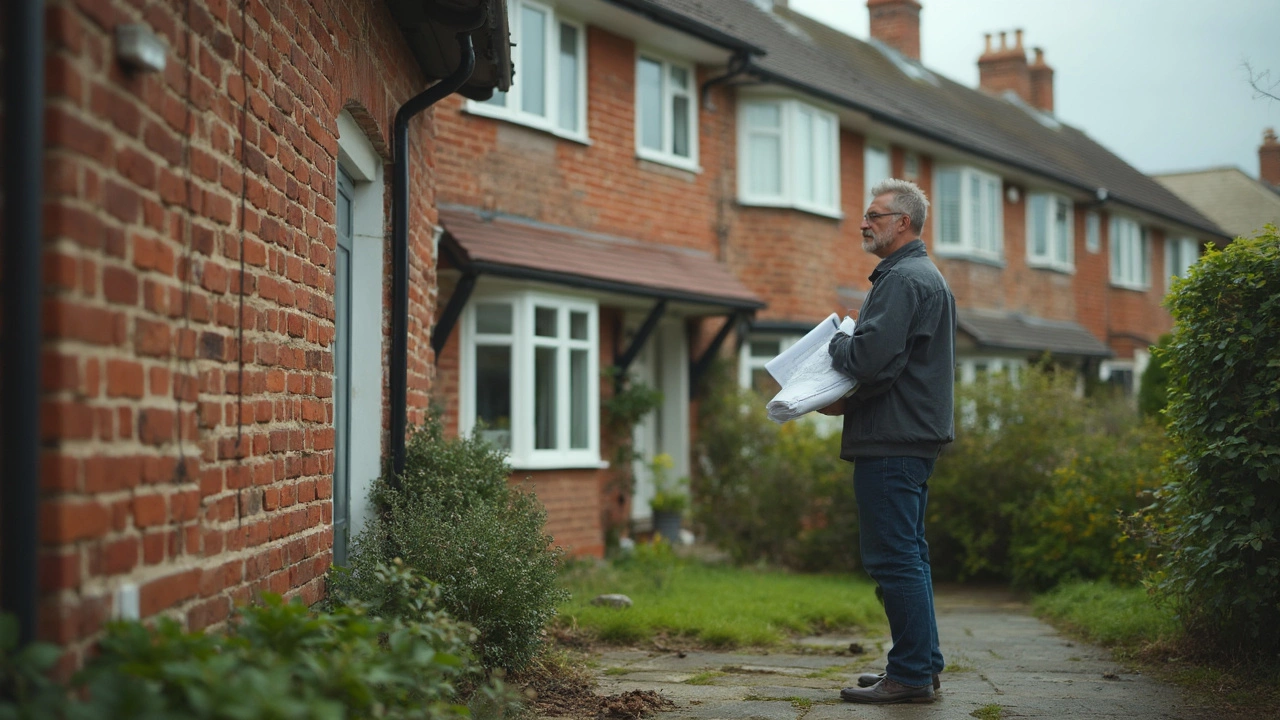Crack Repair: Quick Answers for Homeowners
Found a crack in a wall, floor or foundation and wonder if it’s a big deal? You’re not alone. Most homeowners see cracks and panic, but not every crack means a disaster. This guide breaks down the types of cracks you’ll meet, what they say about your home, and how to fix them without blowing your budget.
Know Your Crack Types
First, tell the difference between cosmetic and structural cracks. Hairline cracks – the thin lines you see in plaster or drywall – are usually harmless. They happen as the building settles or when temperature changes. Vertical cracks that run up and down a wall can be normal in new builds, but if they widen over weeks they might signal shifting loads.
Horizontal cracks in foundations are a red flag. They often appear as a straight line across a concrete block or brick wall. Because they fight against the pressure from the soil, they can indicate serious structural stress. If you spot one, call a professional right away.
Finally, step cracks in stairs or slab foundations look like a series of small offsets. They usually mean the ground underneath is moving, and you’ll need a structural engineer to assess the damage.
When to Call a Pro
Not every crack needs a specialist, but here are the quick rules of thumb:
- If a crack is wider than 3mm (about a quarter inch), call a plumber or builder.
- Any crack that keeps getting bigger, no matter the size, deserves a professional eye.
- Horizontal foundation cracks, step cracks, or cracks near doors and windows? Call an engineer.
- Water leaks, odd smells, or damp spots near a crack? Get a plumber ASAP.
These steps help you avoid costly surprises later on.
Do‑It‑Yourself Fixes
If the crack is small and you’ve got the green light, here’s a simple repair plan:
- Clean the area. Use a brush to remove dust and loose material.
- Apply a filler. For drywall, a ready‑mix joint compound works. For concrete, use a polymer‑based epoxy filler.
- Press and smooth. Push the filler into the crack with a putty knife, then smooth the surface.
- Let it cure. Follow the product’s drying time – usually 24 hours for cement‑based fillers.
- Paint or seal. Match the surrounding color and add a sealant if moisture is a concern.
Even with a DIY fix, keep an eye on the repair for the next few weeks. If the crack reopens, it’s time to call in the experts.
Cost Snapshot
What will you actually pay? Here’s a quick look at typical UK prices:
- Hairline drywall repair: £50‑£120.
- Concrete filler for small cracks: £80‑£150.
- Horizontal foundation crack repair (professional): £500‑£2,500, depending on depth and access.
- Full structural assessment: £300‑£800.
Getting a few quotes before you commit saves money and helps you pick the right crew.
Crack repair doesn’t have to be scary. Spot the type, know when to DIY, and call a pro for the risky ones. With the right steps, you’ll protect your home, keep its value, and avoid surprise repairs down the line.

